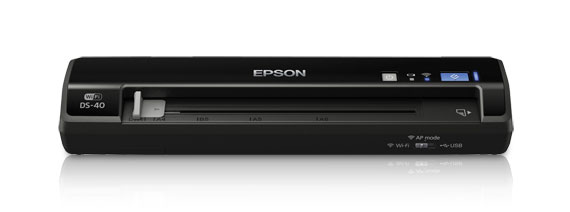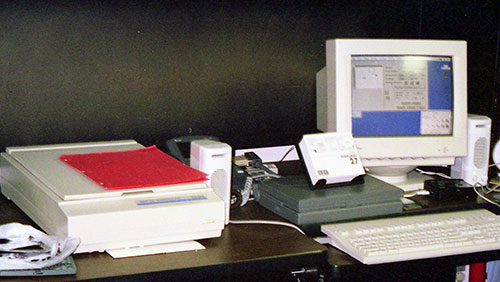I had a rather interesting feature to implement on flocknote lately (after doing a pretty vast redesign of the UX/UI on the site over the past month... it was refreshing to dig into PHP again!):
We want to allow insertion of YouTube and Vimeo (and potentially other) videos into 'Notes' on the site, and there are a few moving parts in this equation:
- I had to create a text format filter similar to the 'Embedded media inline' module in Drupal 6 so people could simply put a 'merge tag' in their Note (like
[video=URL]) where they want the video to appear.
- When a user views the embedded video on the site, the video should show at a uniform width/height, and be able to play the video (basically, a merge tag the user enters should be converted to the proper embed code for the provider (in this case, an
<iframe> with the proper formatting).
- When a user sees the video in the note email, the video can't actually play since very few email clients support any kind of video embedded in an email. So, instead, the video shows as a frame with a play button on top (this is the trickiest part), and links to the video on YouTube, Vimeo, etc.
Creating my own Image Effect for a Video Play Button
What I wanted to end up with was an image that had a custom-made iOS-style play button (play icon in a circle with a translucent grey background) right in the middle (I like the simple look of videos on my iPad...):

So, I decided to work with Drupal's Image Effect API and expose a new image effect, aptly named 'Video Play Button', to Drupal's simple set of 'Resize, Scale, etc.' image effects. This is a pretty simple process:


